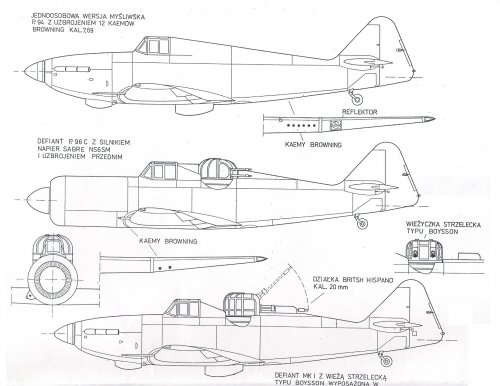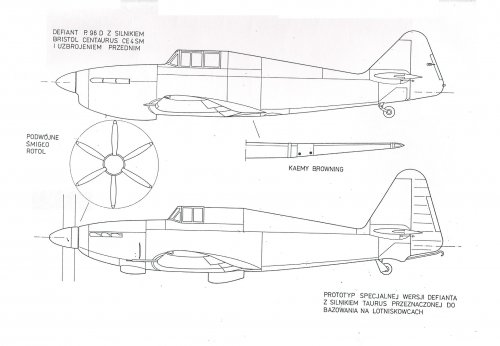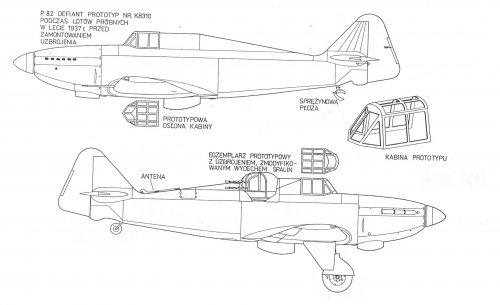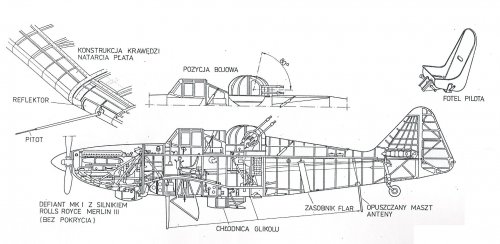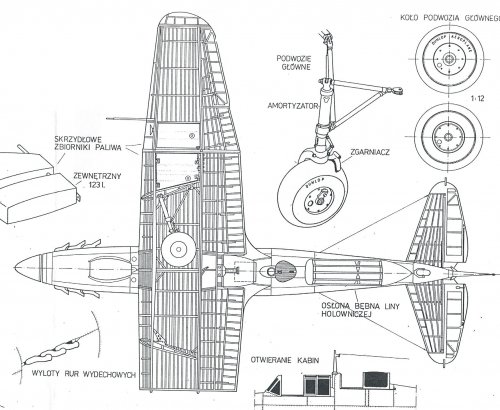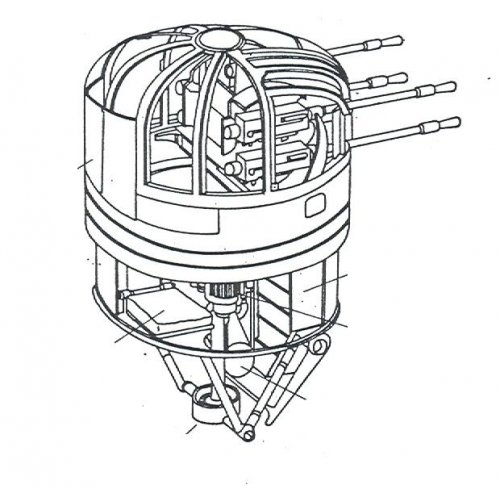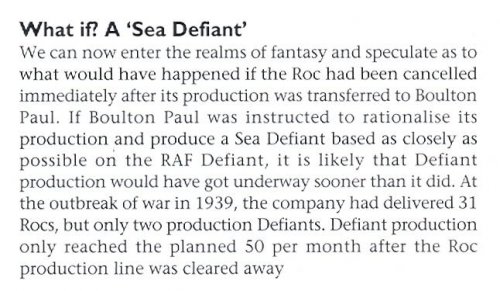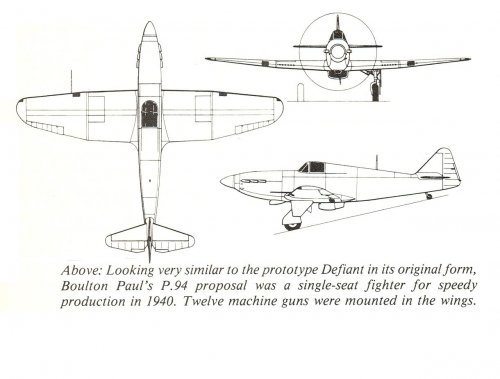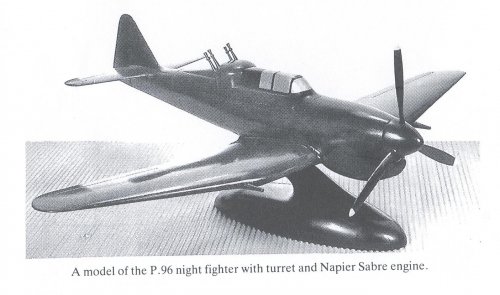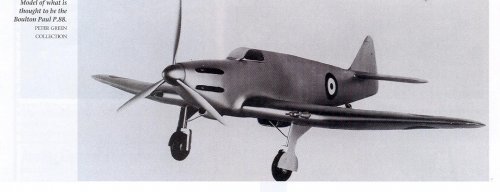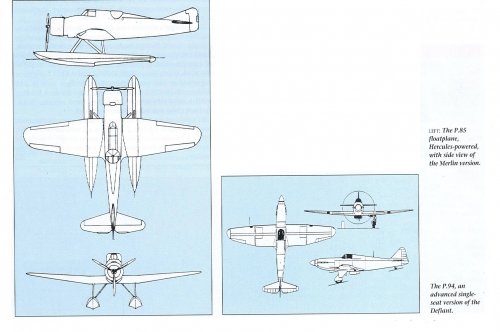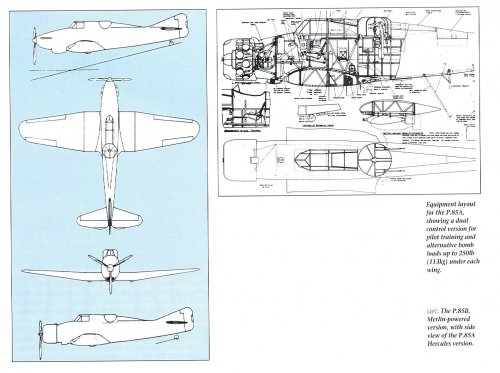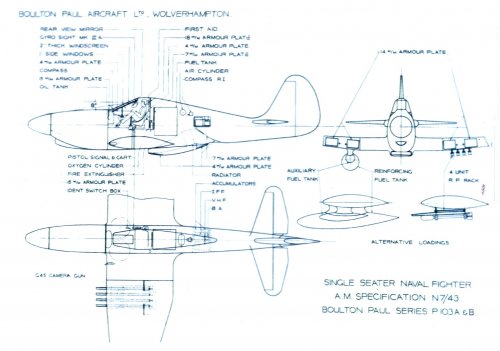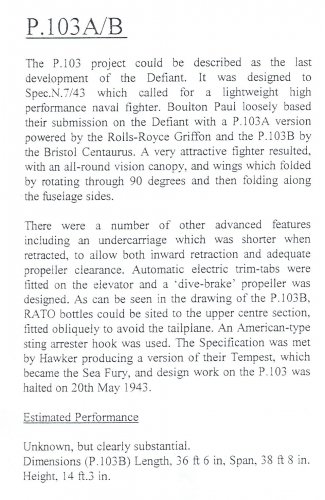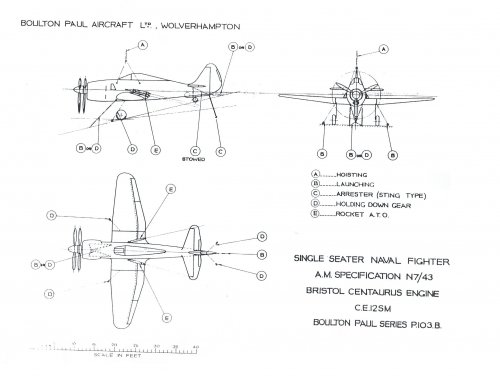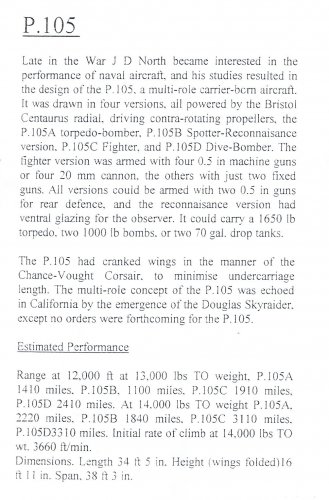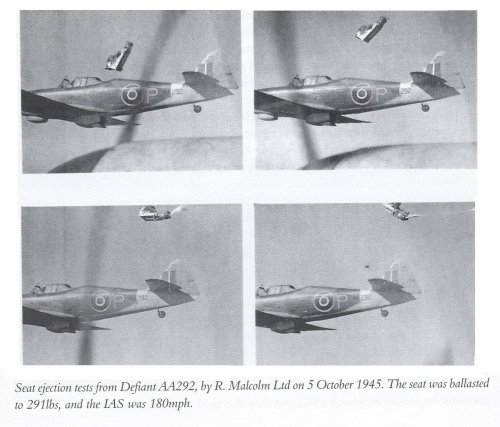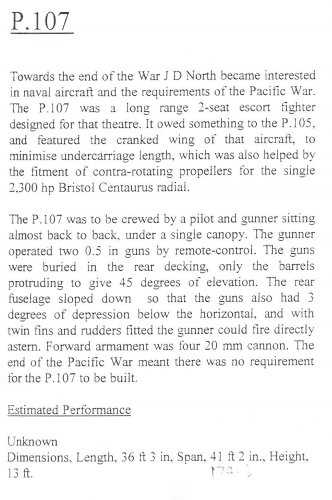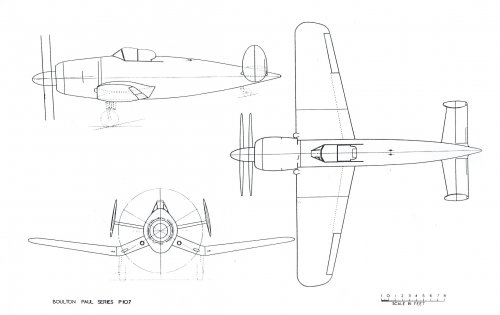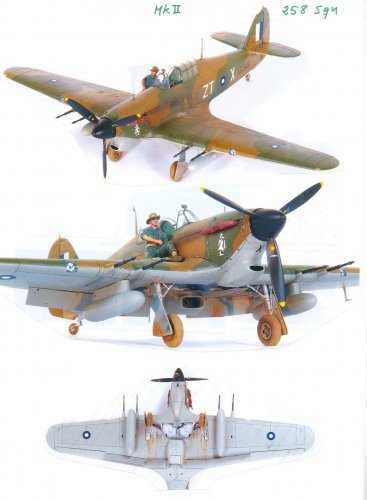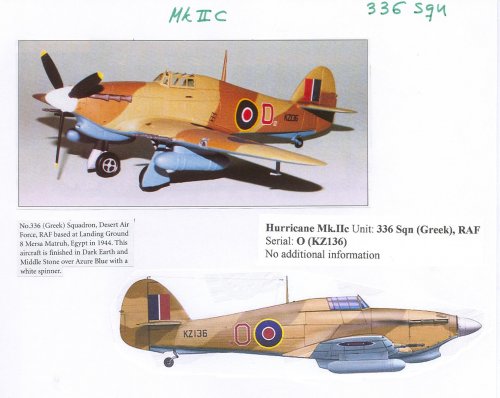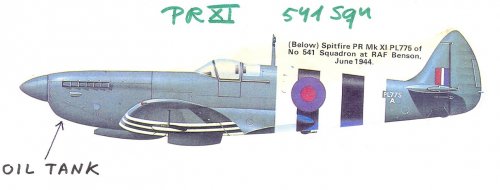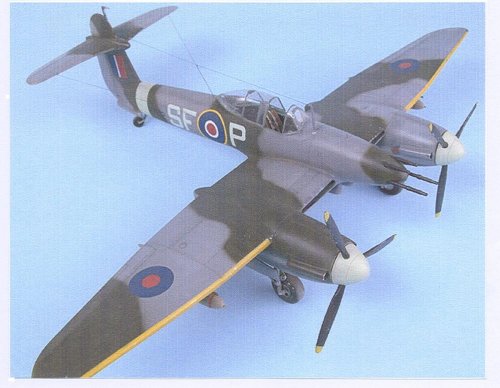- Joined
- 28 October 2006
- Messages
- 1,004
- Reaction score
- 113
I was wondering...(always a bad sign)...
The Defiant proved quite effective for a short time, until Luftwaffe crews quickly learned its limitations.
How good a fighter might the Defiant have proved if it had been designed from the outset to have a more conventional armament arrangement rather than the turret?
Any views?
Cheers
P
The Defiant proved quite effective for a short time, until Luftwaffe crews quickly learned its limitations.
How good a fighter might the Defiant have proved if it had been designed from the outset to have a more conventional armament arrangement rather than the turret?
Any views?
Cheers
P

